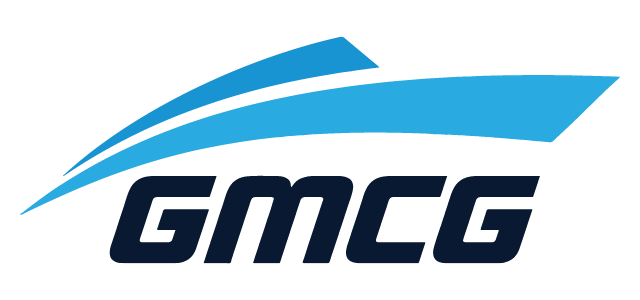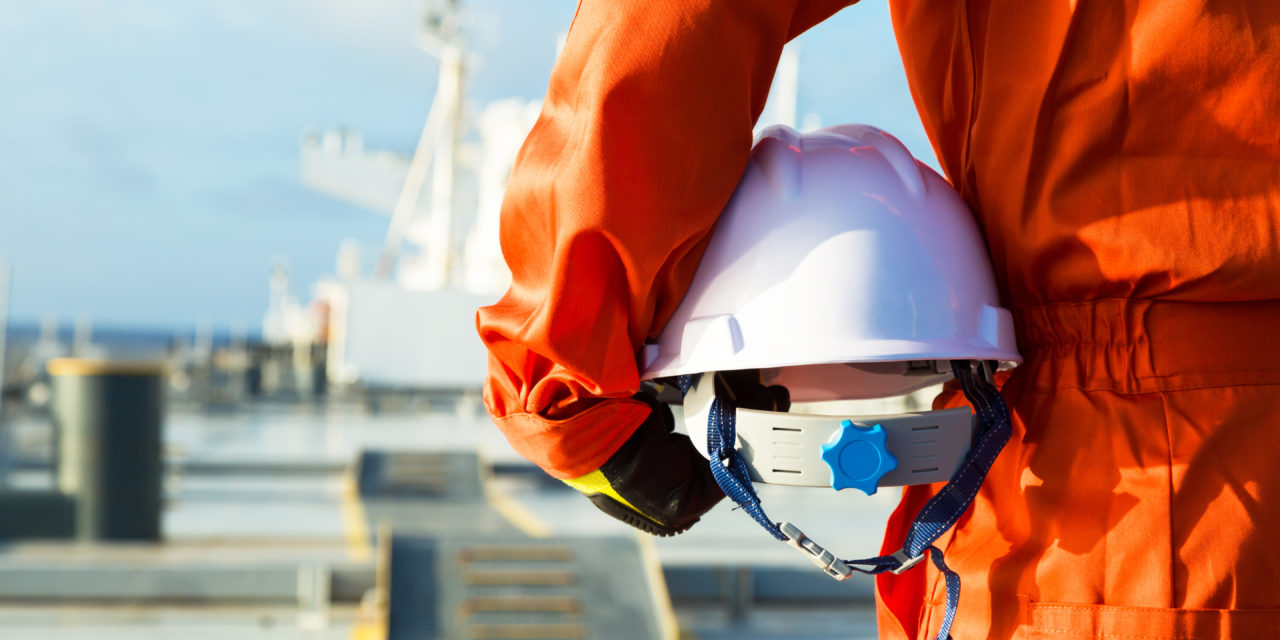International Safety Management | Code 2015 Edition
The ISM DCode has been the most controversial among all shipping legislative documents. After 20 years of implementation, the industry still examines the effectiveness of the Code, as there are plenty of seafarers and shore staff who feel that ISM Code has only brought more paper work to daily operations. However, the general idea and the objective of the Code is to enhance safety culture based on a documented and assessed operation environment in which each one has a specific role and responsibility (both ashore and on board personnel).
The Code defines that Company holds the responsibility to take over all duties imposed by the Code, incorporating SMS into normal business operations. It also requires internal & external audits, certificates, a Designated person who will be a link between ship and shore and clarifies levels of authority and lines of communications. These are also accompanied with checklists, related forms and procedures.
ISM Code Amendments: Timeline
1 July 2002: The ISM Code was initially amended by Resolution 104(73), adding definitions and chapter 13 to 16.
1 July 2006: The ISM Code was further amended by Resolution 179(79), inserting new sections to the forms of the DOC (Document of Compliance) and SMC (Safety Management Certificate).
1 January 2009: The ISM Code was amended by Resolution 195(80) , adding text to the forms of the full term and interim DOC and the SMC Certificates.
1 July 2010: ISM Code Resolution 273(85) entered into force, introducing among others amended definitions, addition of cross references, risk requirements, specific intervals for implementation and SMS review effectiveness criteria.
1 January 2015: The latest amendments by Resolution 353(92) entered into force, updating and crosslinking the existing IMO documents
Recognizing that no two shipping companies of shipowners are the same, and that ships operate under a wide range of different conditions, the Code is based on general principles and objectives, including Part A (Implementation) and Part B (Certification and Verification).
As the Code states ”The cornerstone of good safety management is commitment from the top. In matters of safety and pollution prevention it is the commitment, competence, attitudes and motivation of individuals at all levels that determines the end result”
Contents of Part A
General
Definitions
Objectives
Application
Functional requirements for a Safety Management Systems (SMS)
Safety and environmental protection policy.
Company responsibilities and authority.
Designated person(s)
Master’s responsibility and authority
Resources and personnel.
Development of plans for shipboard operations.
Emergency preparedness
Reports and analysis of non-conformities, accidents and hazardous occurrences
Maintenance of the ship and equipment.
Documentation
Company verification, review and evaluation
Contents of Part B
Certification, and periodical Verification
Interim Certification
Verification
Forms of Certificates
The Code is expressed in broad terms so that it can have a widespread application. Clearly, different levels of management, whether shore-based or at sea, will require varying levels of knowledge and awareness of the items outlined.
PART A
1.General
The following definitions apply to parts A and B of this Code
International Safety Management (ISM) Code : the International Management Code for the Safe Operation of Ships and for Pollution Prevention as adopted by the Assembly, as may be amended by the Organization.
Company: the Owner of the ship or any other organization or person such as the Manager, or the Bare boat Charterer, who has assumed the responsibility for operation of the ship from the Shipowner and who on assuming such responsibility has agreed to take over all the duties and responsibility imposed by the Code.
Administration: the Government of the States whose flag the ship is entitled to fly.
Safety Management System: means a structured and documented system enabling Company personnel to implement effectively the Company Safety and Environmental protection policy.
Document of Compliance: a document issued to a Company which complies with the requirements of this Code.
Safety Management Certificate: a document issued to a ship which signifies that the Company and its shipboard management operate in accordance with the approved safety management system.
Objective Evidence: quantitative or qualitative information, records or statements or fact pertaining to safety or to the existence and implementation of a safety management system element, which is based on observation, measurement or test and which can be verified.
Observation : a statement of fact made during a safety management audit and substantiated by objective evidence
Non Conformity: an observed situation where objective evidence indicates the non-fulfilment of a specified requirement
Major non-conformity: an identifiable deviation that poses a serious threat to the safety of personnel or the ship or a serious risk to the environment that requires immediate corrective action or the lack of effective and systematic implementation of this Code*.
*Refer to the Procedures concerning observed ISM Code major non-conformities (MSC/Circ.1059-MEPC/Circ.401).
Anniversary date: the day and month of each year that corresponds to the date of expiry of the relevant document or certificate.
Convention: the International Convention for the Safety of Life at Sea, 1974 as amended.
1.2 Objectives of the ISM Code
1.2.1 The objectives of the Code are to ensure safety at sea, prevention of human injury or loss of life, and avoidance of damage to the environment, in particular, to the marine environment, and to property.
1.2.2 Safety management objectives of the Company should, inter alia:
provide for safe practices in ship operation and a safe working environment,
assess all identified risks to its ships, personnel and the environment and establish appropriate safeguards; and
continuously improve safety management skills of personnel ashore and aboard ships, including preparing for emergencies related both to safety and environmental protection.
1.2.3 The safety management system should ensure:
compliance with mandatory rules and regulations, and
that applicable codes, guidelines and standards recommended by the Organization, Administrations, classification societies and maritime industry organizations are taken into account*
* Refer to the List of codes, recommendations, guidelines and other safety and security related non-mandatory instruments (MSC.1/Circ.1371).
1.3 Application


